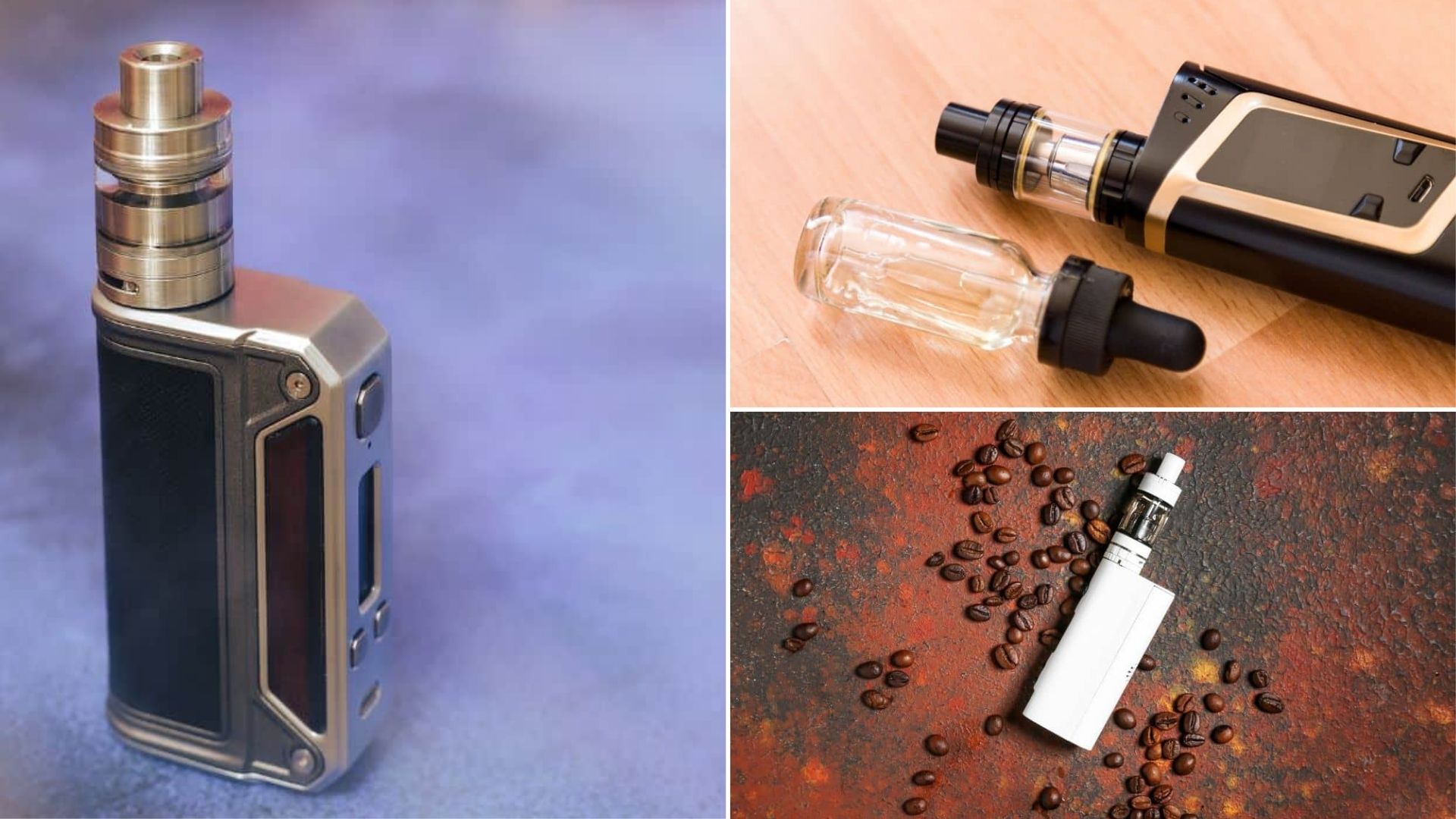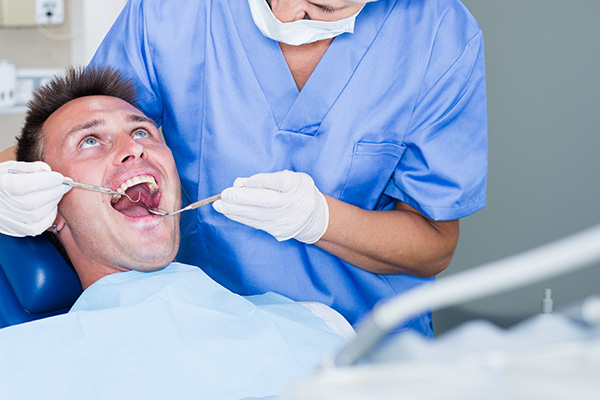Online Psychological Assessment Services – Redefining Convenience in Evaluations
In recent years, the field of mental health has seen a significant shift towards leveraging technology to improve accessibility and convenience for individuals seeking psychological assessments. Online psychological assessment services have emerged as a pivotal innovation, redefining how mental health evaluations are conducted and accessed. This evolution not only addresses traditional barriers to mental health care but also enhances the overall efficiency and effectiveness of evaluations.
Accessibility and Convenience
One of the primary advantages of online psychological assessment services is their ability to overcome geographical barriers. Individuals no longer need to travel long distances to access specialized psychological evaluations instead, they can conveniently engage with assessments from the comfort of their own homes. This accessibility is particularly beneficial for those living in rural or remote areas where mental health services may be limited. Moreover, online assessments offer flexibility in scheduling. Traditional face-to-face evaluations often require extensive planning and coordination, whereas online services provide greater availability and quicker turnaround times. This flexibility accommodates diverse schedules and reduces the waiting period for evaluations, thereby ensuring timely interventions when needed.
Enhanced Privacy and Comfort
For many individuals, the traditional clinical setting can be intimidating, potentially affecting the accuracy of assessment results. Sugar Land Psychological Associates mitigate this by allowing individuals to complete assessments in familiar surroundings, promoting a sense of comfort and privacy. This environment can facilitate more honest and accurate responses, leading to more precise evaluations and better-informed treatment decisions. Furthermore, online platforms typically adhere to stringent privacy regulations and employ robust security measures to protect sensitive data. This commitment to confidentiality reassures users about the safety of their personal information, encouraging more people to seek and engage with mental health assessments without fear of privacy breaches.
Personalized Assessments and Feedback
Online psychological assessment services often incorporate advanced algorithms and machine learning techniques to tailor assessments to individual needs. These technologies analyze responses in real-time, generating personalized insights and feedback that can highlight specific areas of concern or strength. This personalized approach not only enhances the accuracy of evaluations but also ensures that interventions and treatment plans are customized to meet the unique needs of each individual. Moreover, the digital nature of online assessments allows for the integration of multimedia elements such as videos, interactive exercises, and educational resources. These enhancements can enrich the assessment process, making it more engaging and informative for users while facilitating a deeper understanding of their mental health status.
Supporting Mental Health Professionals
Online psychological assessment services also benefit mental health professionals by streamlining administrative tasks and optimizing their time. Automated scoring and report generation reduce the burden of manual data processing, allowing clinicians to focus more on interpreting results and delivering personalized care. Additionally, these platforms facilitate easier collaboration and consultation among professionals, enabling interdisciplinary teams to coordinate care effectively and efficiently.
Online psychological assessment services represent a transformative advancement in mental health care, offering unprecedented levels of accessibility, convenience, and personalization. By leveraging technology, these services empower individuals to proactively engage with their mental health while supporting clinicians in delivering timely, evidence-based interventions. As these platforms continue to evolve, they hold the potential to reshape the landscape of mental health evaluations, making comprehensive psychological assessments more accessible and impactful than ever before.



